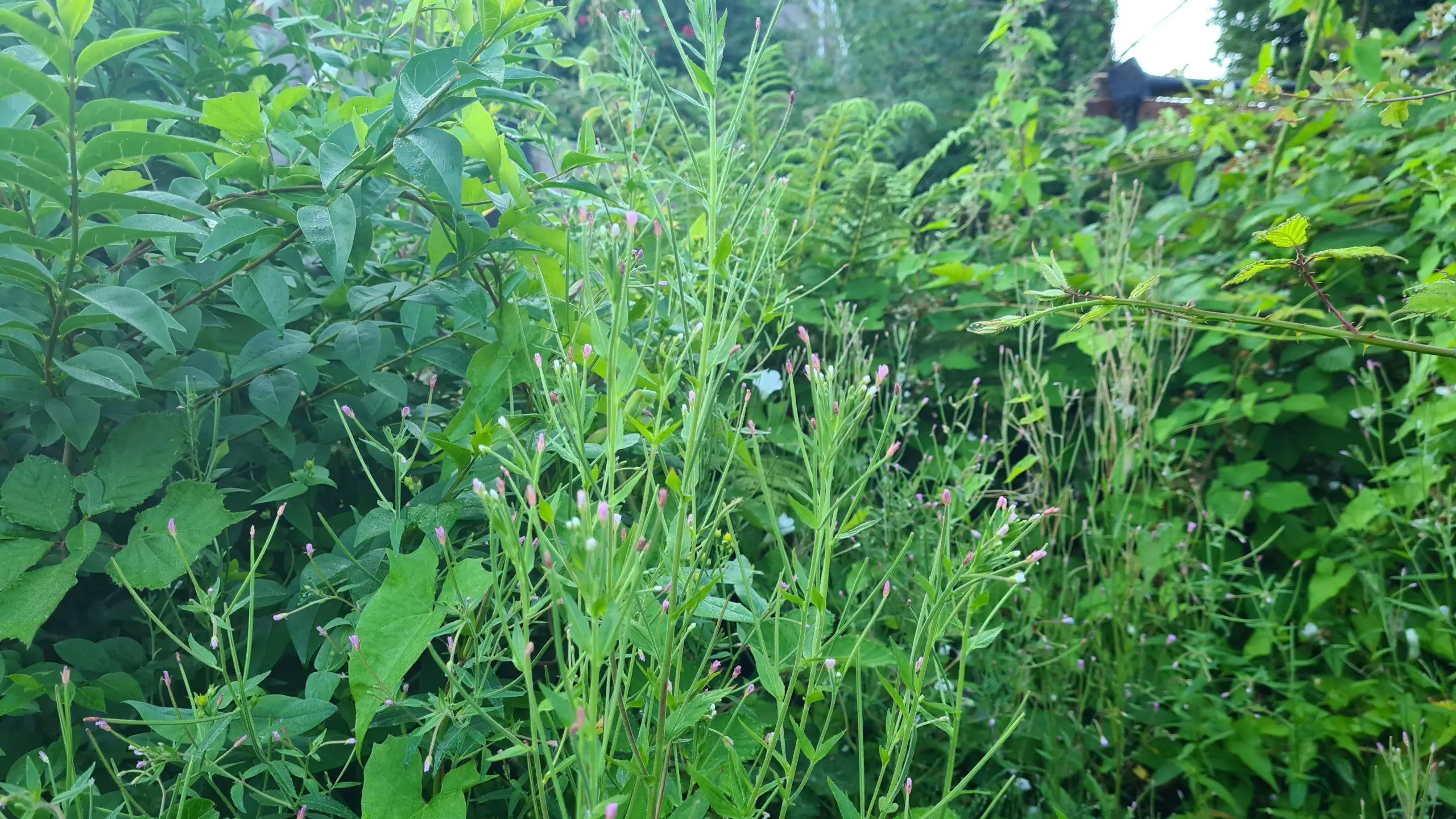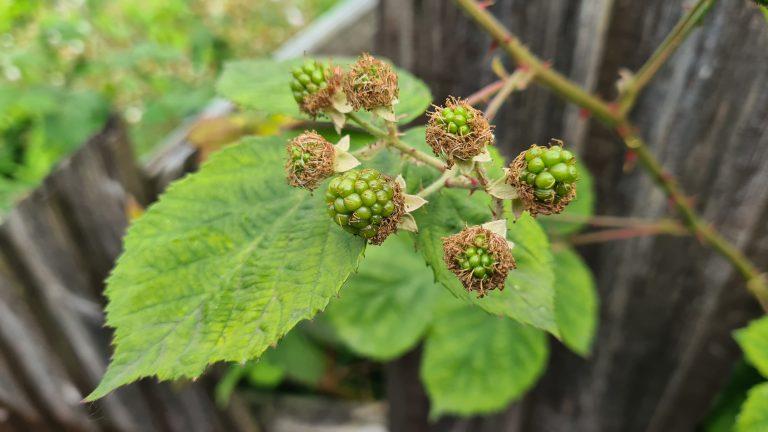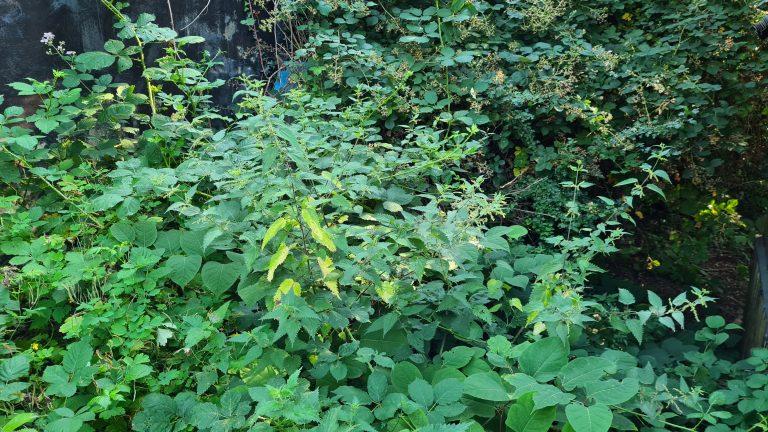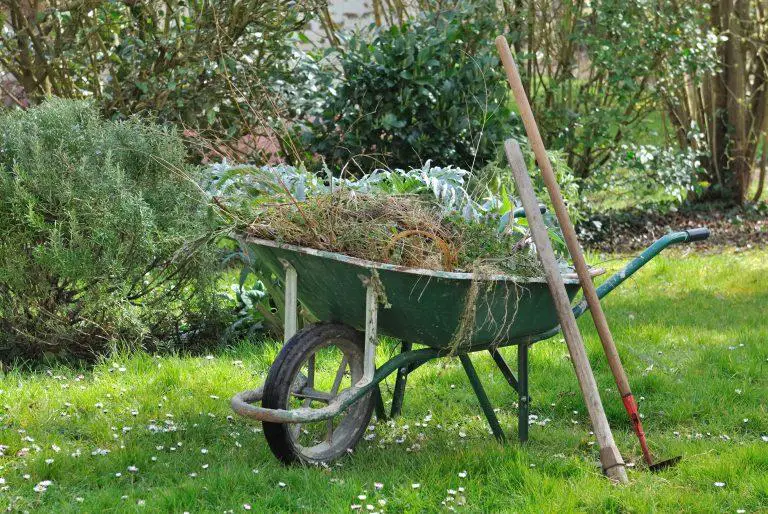Weeds are any plants that grow in areas where they are not wanted. They can be a nuisance in gardens, lawns, and agricultural fields, as they can compete with desirable plants for space, nutrients, and water. They can also be harmful to human and animal health, as some weeds are poisonous or can cause skin irritation.
In this blog post, we will explore some of the most troublesome weeds and discuss strategies for controlling them.
Types of Weeds
There are many different types of weeds, and they can be broadly categorized into two groups: annuals and perennials. Annual weeds complete their life cycle in one growing season and need to be re-seeded every year. Perennial weeds, on the other hand, can live for several years and come back from the roots or other underground structures.
Some of the most common types of annual weeds include:
- Broadleaf weeds: These weeds have broad leaves and can be easily distinguished from grasses. Examples include dandelions, clover, and plantain.
- Grass weeds: These weeds are often mistaken for desirable grasses and can be more difficult to control. Examples include crabgrass and foxtail.
Some of the most common types of perennial weeds include:
- Broadleaf perennial weeds: These weeds can come back year after year and can be especially difficult to control. Examples include thistle, bindweed, and Canada thistle.
- Grass perennial weeds: These weeds can also be difficult to control, as they can come back from underground structures such as rhizomes or bulbs. Examples include quackgrass and Bermuda grass.

Weed Control Strategies
Controlling weeds can be a challenging task, but there are several strategies that can be effective in preventing them from growing or killing them off once they have been established. These include:
- Cultural control: This involves creating conditions that are unfavourable for weed growth. For example, maintaining a healthy lawn by fertilizing and watering regularly can help prevent weeds from taking hold. Cultivating the soil before planting can also help to remove weed seeds from the topsoil.
- Mechanical control: This involves physically removing weeds from the garden or lawn using tools such as hoes, rakes, and trowels. This can be a labour-intensive task, but it can be effective for small areas or for removing individual weeds.
- Chemical control: This involves using herbicides to kill weeds. There are many different types of herbicides available, including selective and non-selective herbicides. Selective herbicides target specific types of weeds, such as grass weeds or broadleaf weeds, while non-selective herbicides will kill any plant they come into contact with. It is crucial to use herbicides carefully and follow the instructions on the label to avoid damage to desirable plants and potential hazards to human and animal health.
- Biological control: This involves using natural predators, such as insects or pathogens, to control weeds. Some examples include introducing insects that feed on certain weeds, or the use of certain bacteria or fungi to stunt the growth of invasive weeds.

The most Troublesome Weeds
Weeds are a nuisance in any garden and can take over quickly if not kept under control. There are many types of weeds, but some can be more difficult to manage than others. These troublesome weeds often have deep root systems that make them hard to pull out by hand and they may also spread quickly through their seeds or rhizomes.
Examples of these difficult-to-manage weeds include dandelions, thistles, Canada thistle, bindweed, ground ivy (creeping Charlie), nutgrass (nutsedge) and quackgrass.
Understanding the characteristics of each weed is important for successful management strategies that will help keep them from taking over your garden space.
Dandelions are among the most common and recognizable types of weeds. They have a deep taproot that is difficult to remove without special tools like a dandelion digger or weed popper. They also spread quickly through their seeds, making mechanical removal difficult unless you catch them early in the season. To prevent them from coming back, you can use a pre-emergent herbicide or manually remove the flower heads before they have a chance to spread.
Thistles are another type of troublesome weed that has deep roots and spreads easily through its seeds. Canada thistle, or creeping thistle, is one of the most difficult weeds to manage due to its ability to spread quickly and its deep root system. The best way to manage Canada thistle is with an extra-strength herbicide that targets the entire root system.
Bindweed is a fast-growing, vine-like weed that can spread through its roots and runners. It has a deep taproot that makes it difficult to remove without special tools. The best way to manage bindweed is with a herbicide that targets the entire root system.
Ground ivy, or creeping Charlie, is a low-growing weed that can spread quickly through its runners and take over garden beds. It has shallow roots but can be difficult to remove as it often spreads under mulch or other organic material. Using a herbicide that targets the entire root system is the best way to control ground ivy.
Nutsedge (nutsedge) is a tall weed with tubular leaves and deep roots, making it hard to remove by hand. To manage nutsedge, use an extra-strength herbicide that will target the entire root system.
Quackgrass is a perennial weed that spreads quickly through its deep roots and runners. It can be tough to remove as it has a thick, tenacious root system. An extra-strength herbicide that targets the entire root system will help control quackgrass.
In conclusion
Managing troublesome weeds can be challenging but with the right strategy, it is possible. Understanding the characteristics of each weed, using the right tools and choosing an appropriate herbicide can help you keep these weeds under control in your garden. With patience and diligence, you can enjoy a weed-free garden space for years to come.







